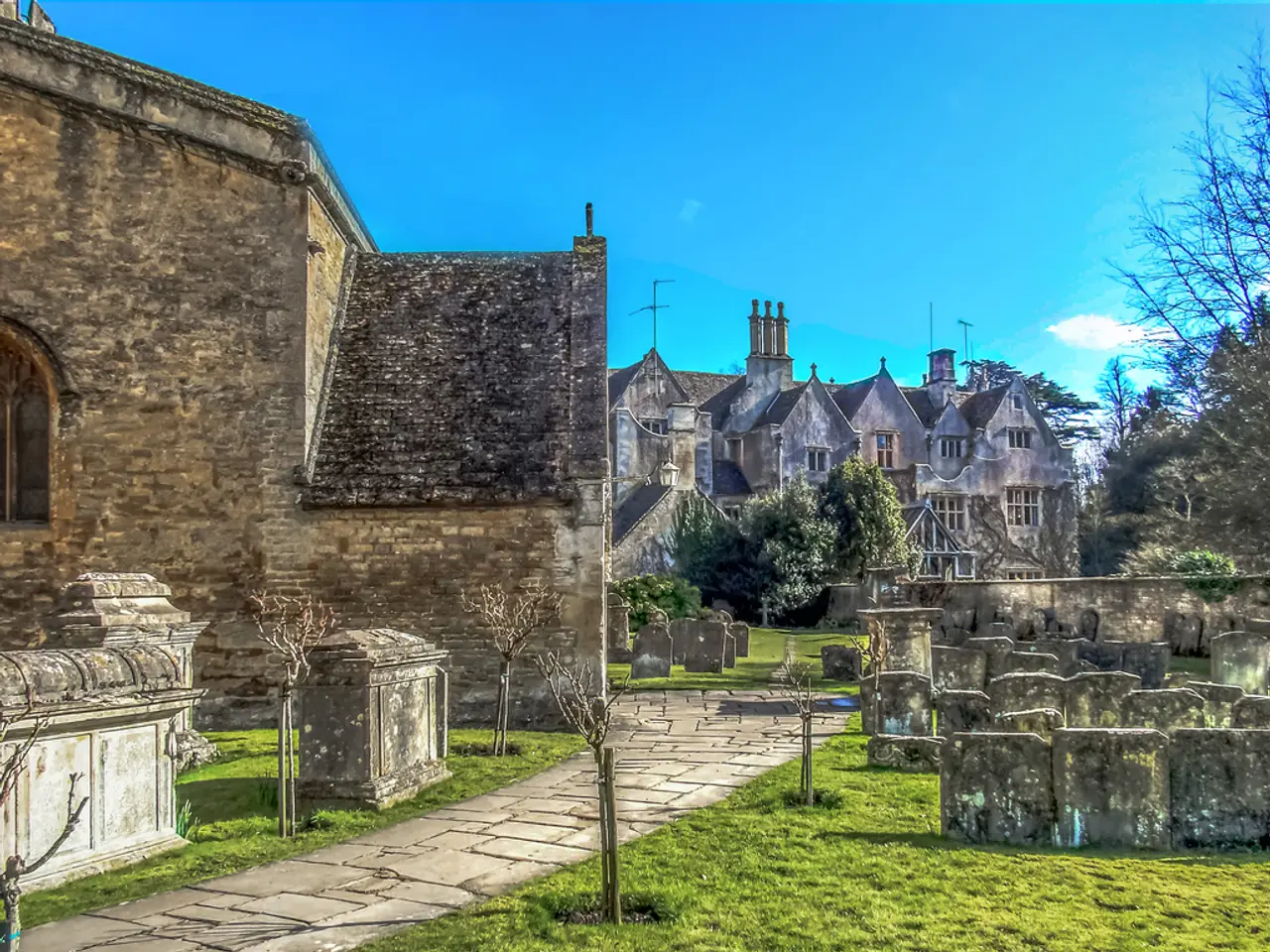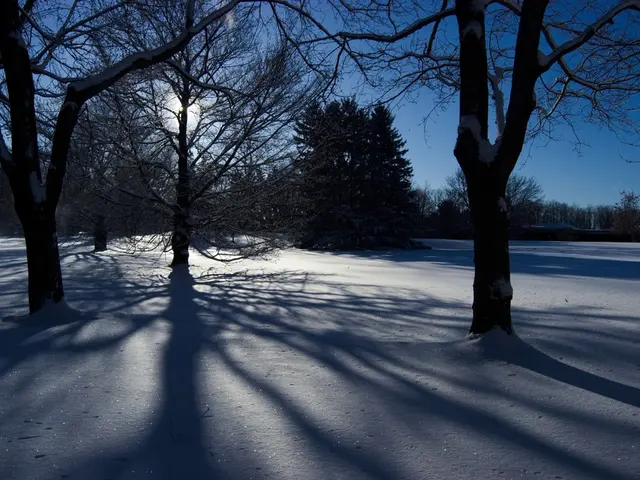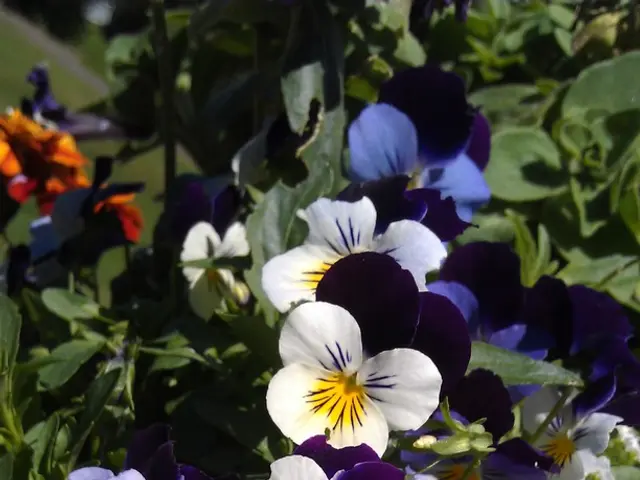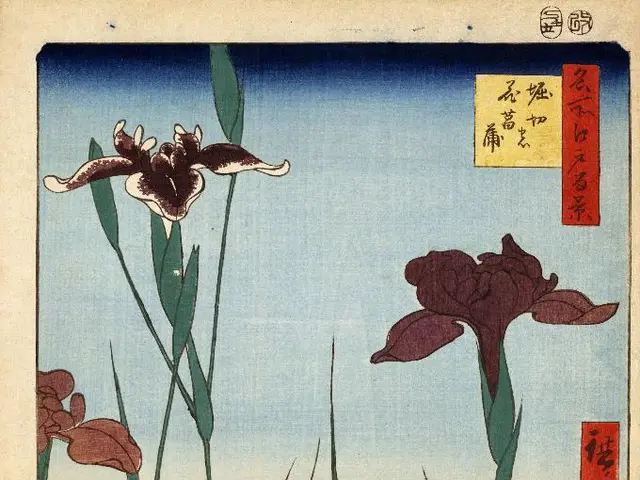A Beverly Hills Mid-Century Home Redefines Beauty with Drought-Tolerant Landscaping
A mid-century modern home in Beverly Hills has become a prime example of sustainable landscaping. The property, designed in 1965, now features drought-tolerant plants that enhance its striking architecture. Experts say such choices not only conserve water but also create a visually appealing environment.
The house, originally designed by architect Rex Lotery, blends stone, concrete, glass, and redwood in its façade. Its exterior now showcases a variety of drought-resistant plants, including cacti, which complement the home’s clean lines and natural materials. Among the standout species is the Euphorbia cactus, a tall, sculptural plant that thrives both indoors and outdoors.
For those in cooler climates, alternatives to cacti and succulents are recommended. Dr. Amy Karpati, a landscaping specialist, suggests selecting native perennials that require minimal water once established. In the northeast US, options like butterflyweed, little bluestem, and black-eyed Susan provide both hardiness and visual appeal. Other drought-tolerant favourites include showy goldenrod, narrowleaf mountain mint, and anise hyssop.
While these plants eventually need little irrigation, newly planted specimens require regular watering at first. This helps them develop strong root systems before becoming fully self-sufficient.
The Beverly Hills property demonstrates how drought-tolerant landscaping can transform a space into a low-maintenance yet striking retreat. With careful plant selection and initial care, homeowners can achieve both sustainability and aesthetic beauty. The approach also offers practical solutions for different climates, ensuring long-term resilience.








